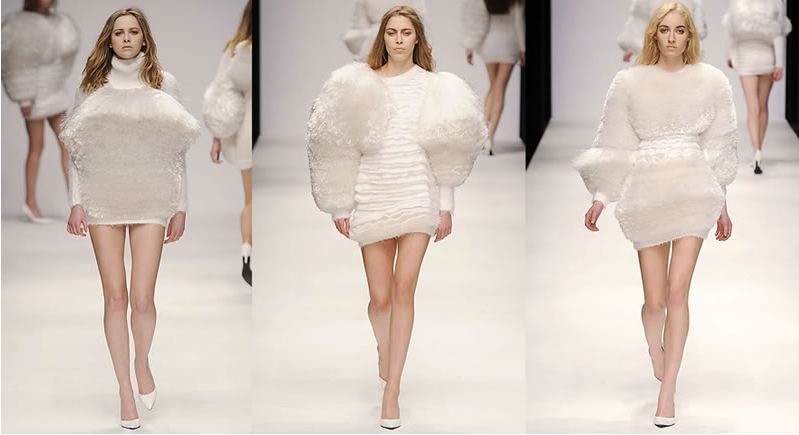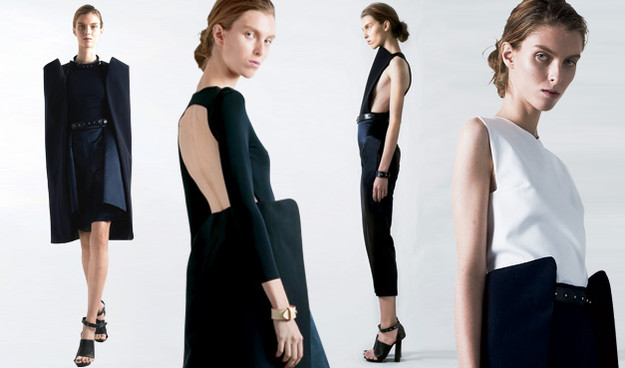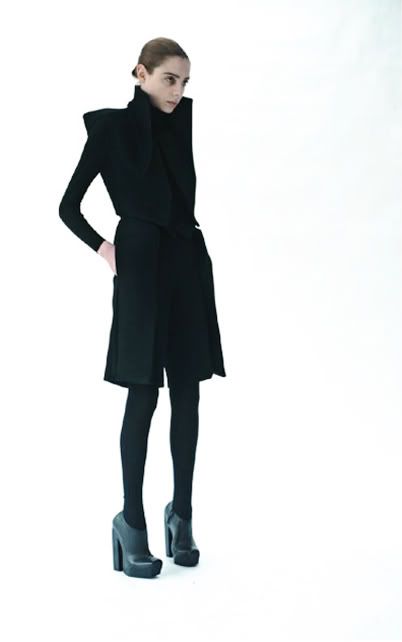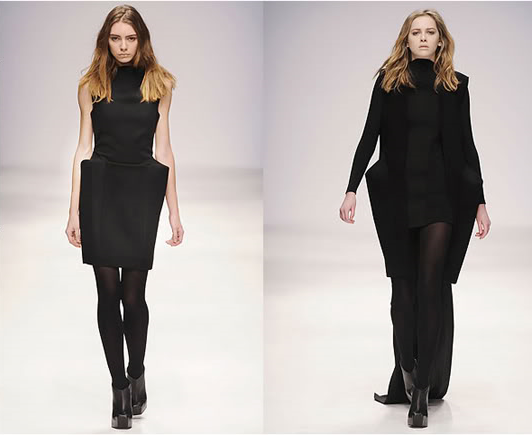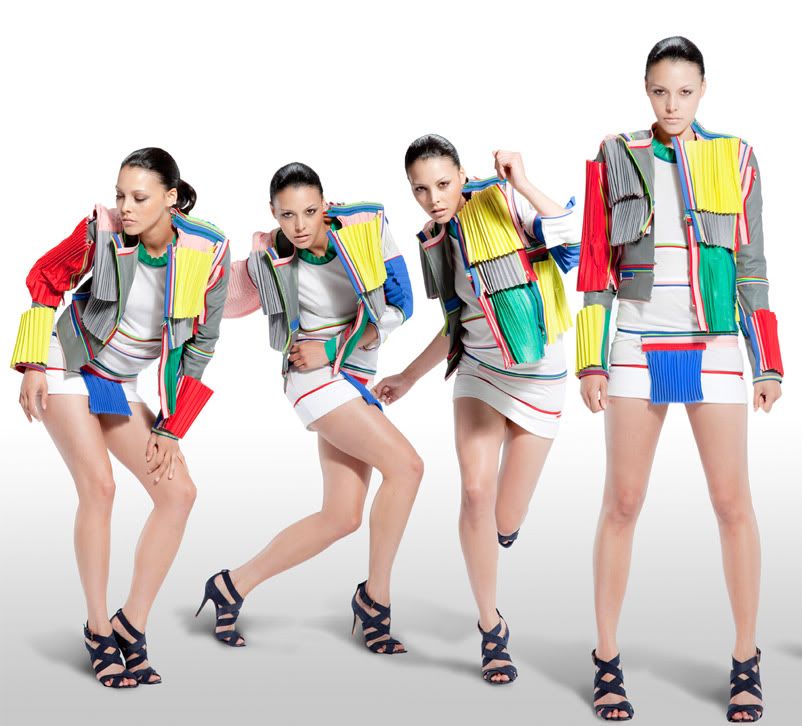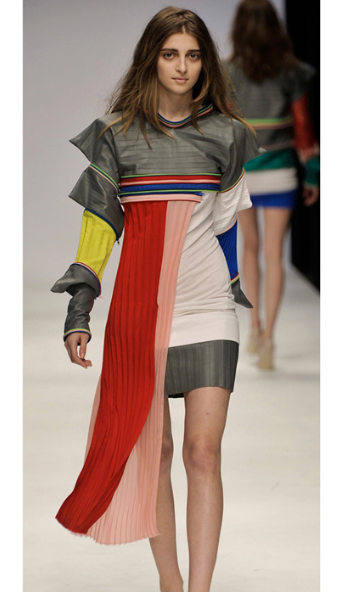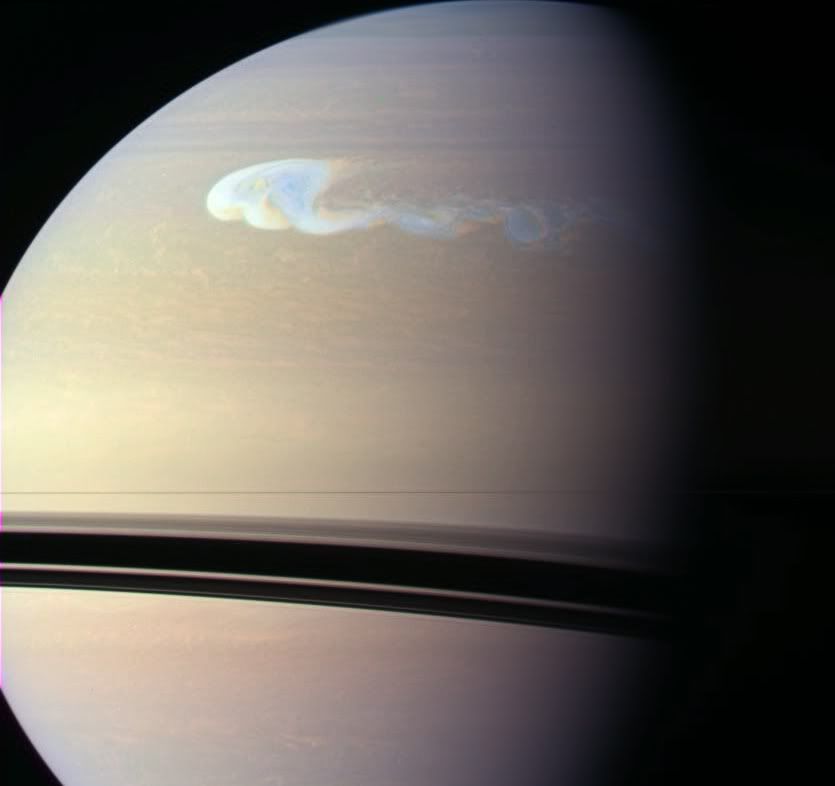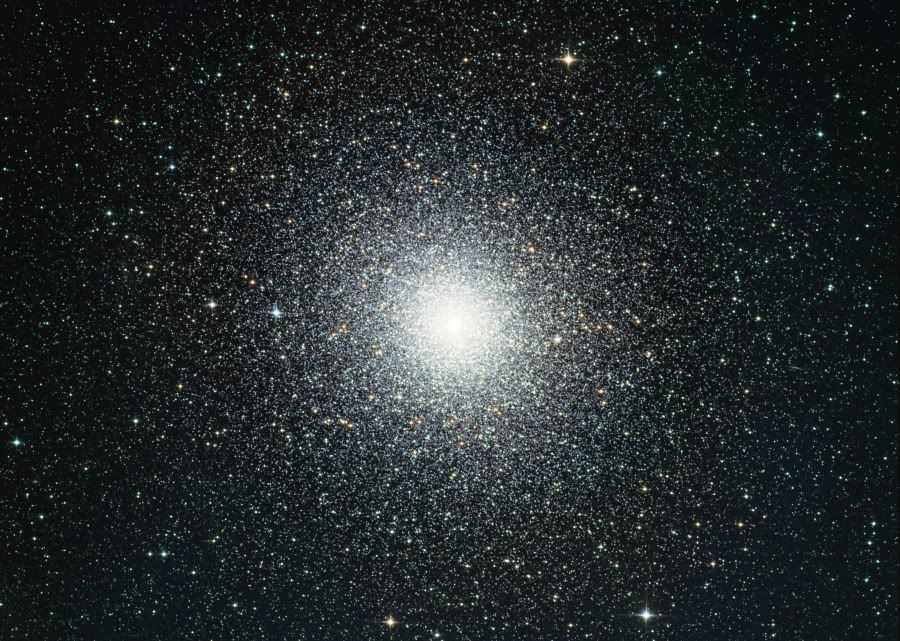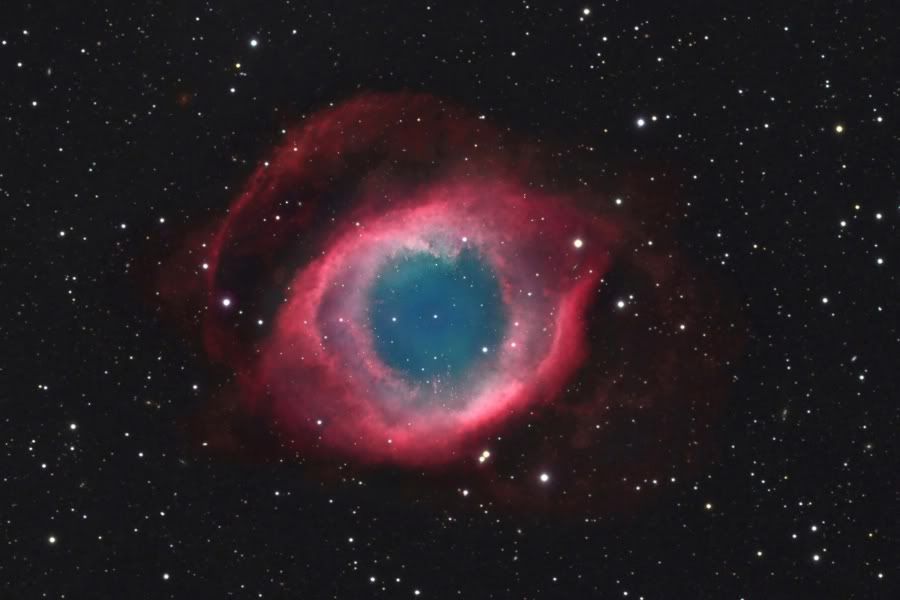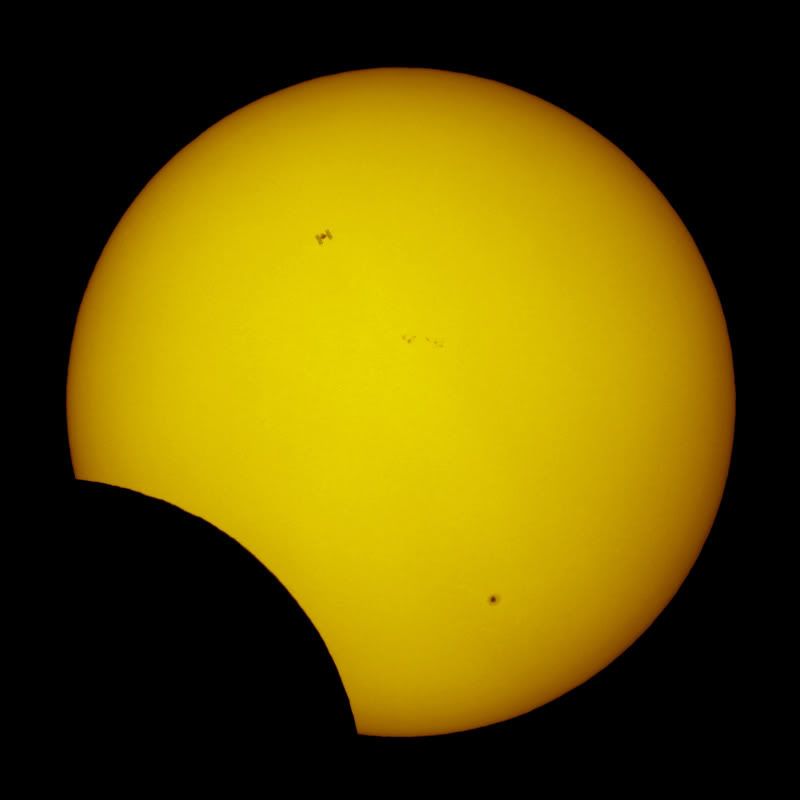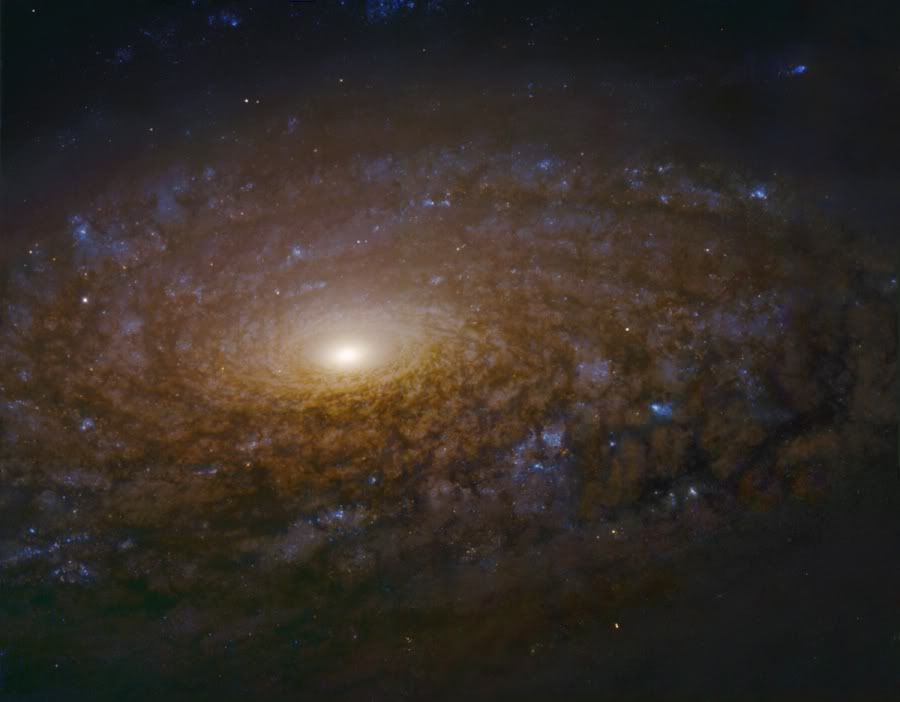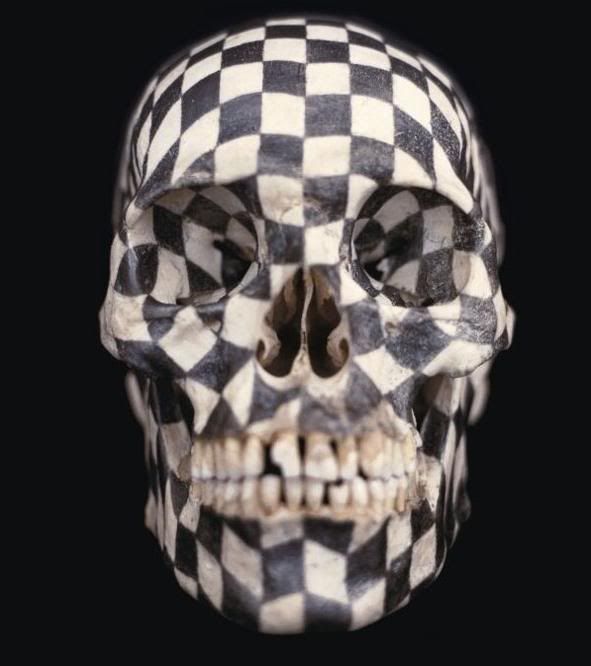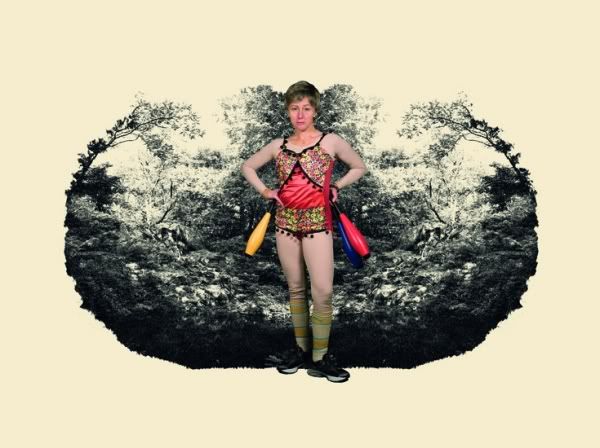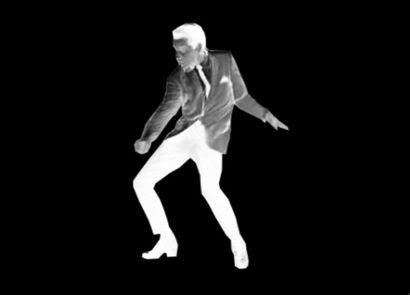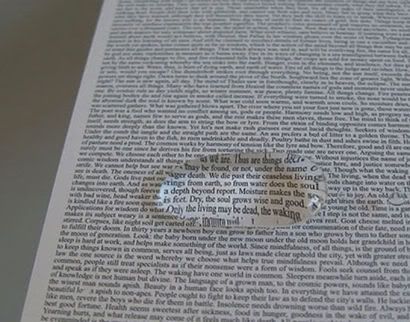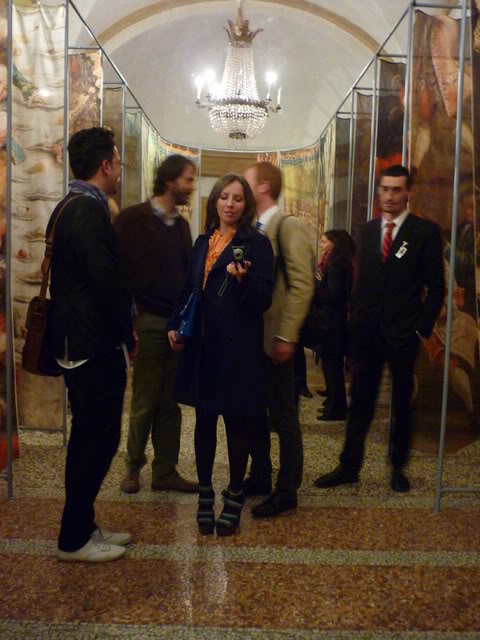Why hello there, lovelies!

After a cracking weekend of Burns Night champagne dinners, brilliantly bonkers theatrics at the Barbican and a day of doing absolutely nothing other than eating and watching Babette's Feast (which is really very good), and then eating some more, I thought I'd spread and share a little happiness and give away some cool stuff.
We went to the launch of Amelia's Compendium of Fashion Illustration (my, what a mouthful!), at 123 on Bethnal Green Road Friday afternoon. To launch her lovely new book (which you can buy here - with a sneaky 10% off using code ACOFI LAUNCH), Amelia lured invited bloggers and journos to the basement of 123 for a glorious tea party. To hand were steaming teas by pukka and mouthwatering scones by Lily Vanili, but best of all, Amelia had recruited her army of illustrators to bash out impromptu sketches of guests. We were drawn by the lovely Jenny Robins - she's sending through a copy soon, so I might post it in due course.
We were given sweet, screen printed gift bags on the way out, and because I really don't need anymore stuff, I thought it might be nice to do a little giveaway.
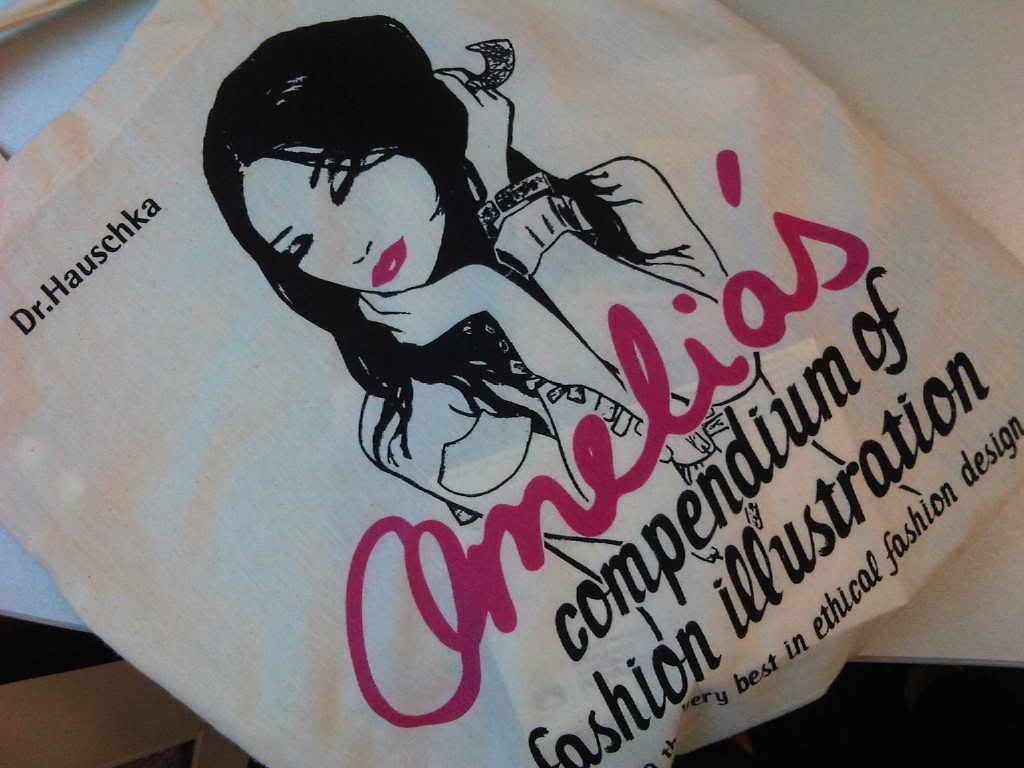
There are two bags, the contents of which are similar but slightly different.
Bag 1:
Canvas bag
Assortment of pukka tea bags
Assortment of Amelia's mag postcards and bookmarks
Limited edition Tatty Devine cutlass necklace
Limited edition Moleskine notebook with gold-embossed Amelia's logo
15% off at Dr. Hauschka online
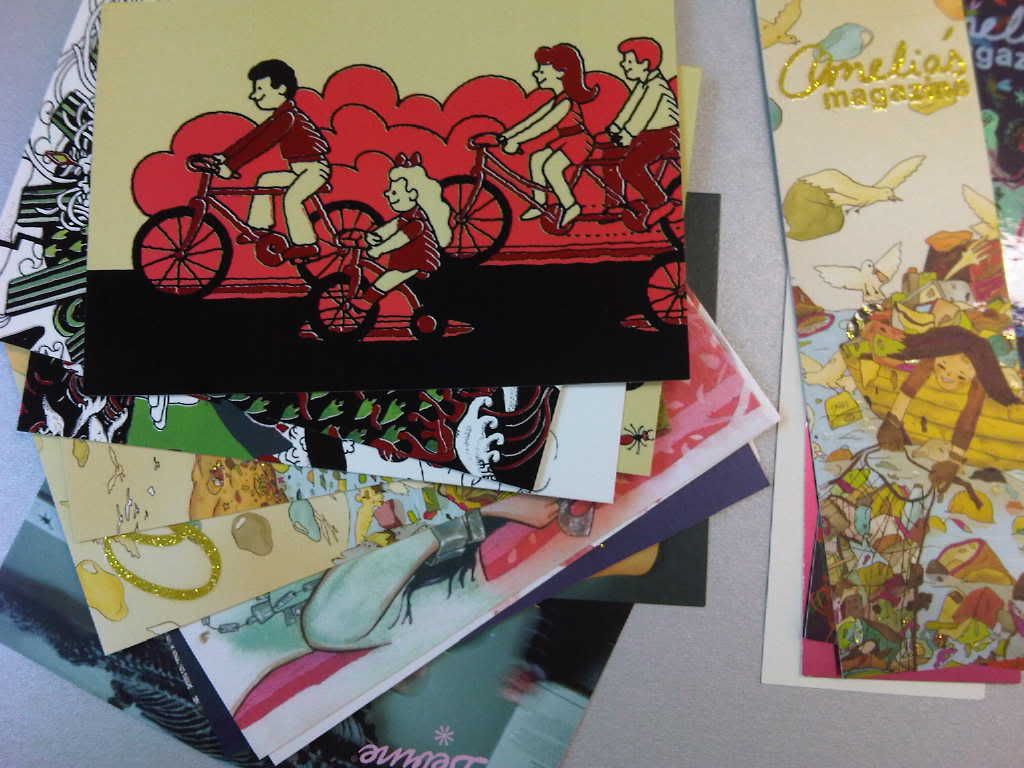
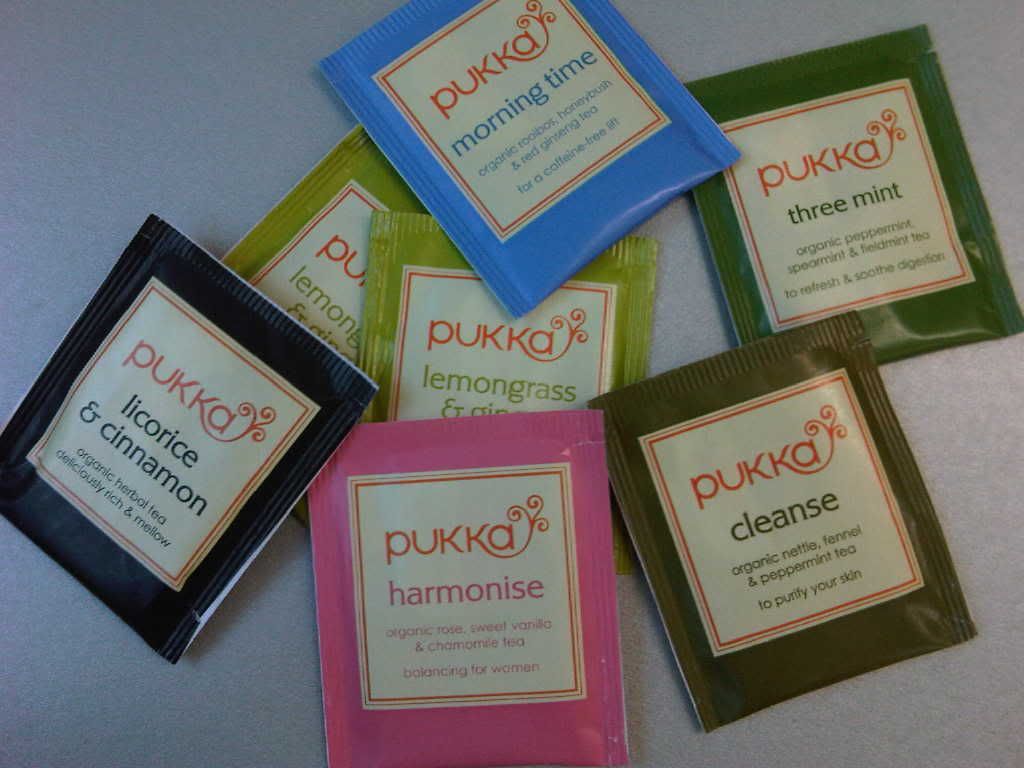

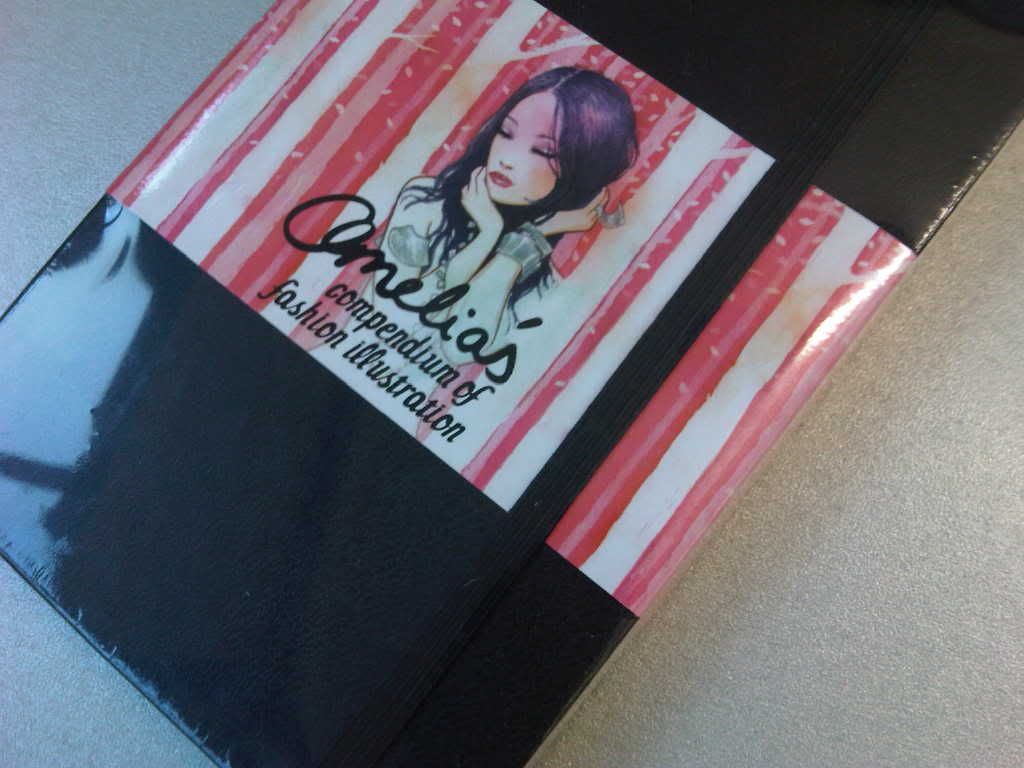
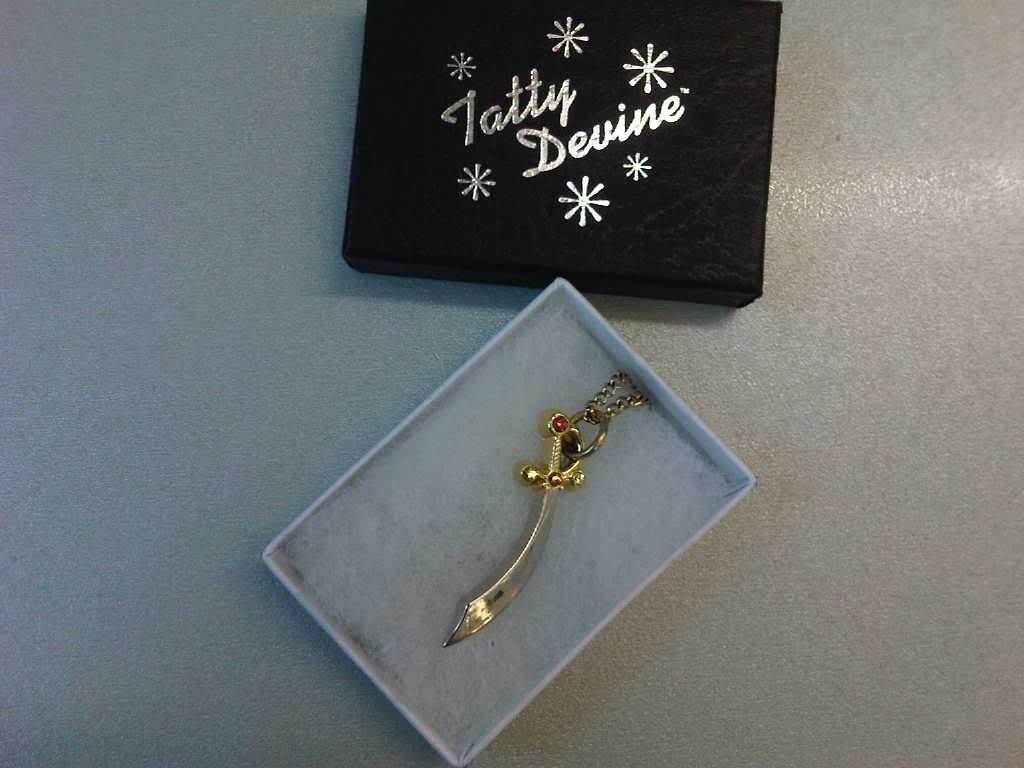
Bag 2:
Canvas bag
Assortment of pukka tea bags
Assortment of Amelia's mag postcards and bookmarks
Limited edition reclaimed leather heart key ring
Limited edition Moleskine notebook with gold-embossed Amelia's logo
15% off at Dr. Hauschka online
Copy of the last issue of Amelia's magazine from A/W 2008
If you'd like to be in with a shot of winning one of the bags, leave a comment below or find me on Twitter (@crystalbennes) and RT away!
Last but certainly not least, a quick note of thanks to Forward PR who organised this terrific event. Not only were they militantly organised, but they were friendly, warm and gracious. Very very rare in the world of fashion PR.

